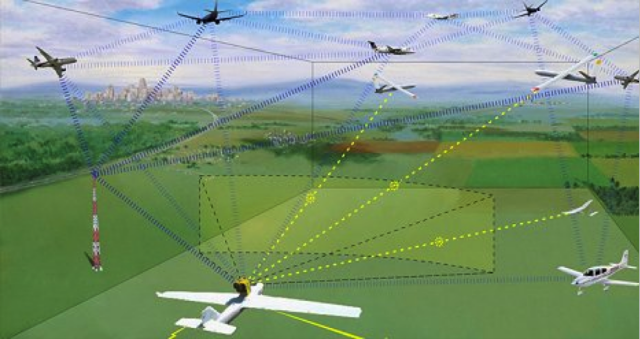 NASA has selected a Dayton non-profit organization to manage the only unmanned aircraft systems contest in the nation to help make UAS safe to fly in civilian airspace, the space agency announced last week.
NASA has selected a Dayton non-profit organization to manage the only unmanned aircraft systems contest in the nation to help make UAS safe to fly in civilian airspace, the space agency announced last week.
Development Projects Inc., the public sector funding arm of the Dayton Development Coalition, will run the two-stage competition. The contest is expected to draw at least 25 competing teams across the country to fly UAS in restricted airspace above the Camp Atterbury military operating range in southern Indiana.
Wilmington Air Park could potentially become a second test site in the second phase of the contest, officials said.
The selection was announced just days after final submissions were due to the Federal Aviation Administration in a competition to land one of six test sites to integrate UAS into civilian airspace by 2015. Ohio and Indiana have submitted a joint proposal. The FAA is expected to announce the winners by the end of the year.
NASA’s decision could boost Ohio and Indiana’s attempt to land an FAA test zone, said Joseph Zeis, Dayton Development Coalition executive vice president and chief strategic officer. Officials from the Dayton, Springfield and Wilmington areas believe having such a designation would generate big economic benefits.
“I don’t think (NASA’s decision) precludes the other,” he said. “I think this is a great stepping stone en route as we work through the FAA test designation process.”
In the NASA competition, Development Projects will partner with the space agency, the Air Force Research Laboratory, a national leader in sense and avoidance research at Wright-Patterson Air Force Base, industry, and the FAA to demonstrate key technologies, according to Dick Honneywell, Dayton Development Coalition Vice-President of Aerospace.
“I think by selecting our region that sends a very important message to the rest of the country and the world that Dayton can be the go-to place for unmanned systems” testing and development, said Larrell Walters, division head of sensor systems at the University of Dayton Research Institute. “It’s a big thing so it bodes well for Ohio and our region that NASA has selected us.”
NASA’s Unmanned Aircraft Systems Airspace Operations Challenge will offer a $500,000 prize to the winner of the first phase of the competition set to start next year; and $1 million in a second, more technically challenging round in 2015 or later, said Larry P. Cooper, program executive of the NASA Centennial Challenges programme in Washington, D.C.
“The airspace that we need to do this competition needed to be restricted airspace,” Cooper told the Dayton Daily News on Friday. “There’s only a limited number of places in the country” to conduct tests. NASA received proposals from nine states, from California to Florida, and Virginia to Arizona.
While NASA will offer the prize money, organizers said, contest sponsors, partners and competitors will pay the cost of the competition.
Developing technology that allows UAS to avoid striking other objects is one key goal of the contest.
Seth Young, director of the Center for Aviation Studies at Ohio State University, anticipated the university will be one of those to field a team. Faculty and students have UAS know-how and would benefit working with government agencies and industry, he said.
The first stage of the fly-off will test UAS’ capabilities to avoid aircraft broadcasting their location and direction. The second phase will add a test to determine how well UAS broadcast their own position, Cooper said.
“We’re only paying for the prize for the teams that actually achieve the requirements set out,” Cooper said. “There’s no guarantee this thing will be won in the first year. We may have to run it a couple of times before we have winners.”
Sources: Dayton News, NASA
